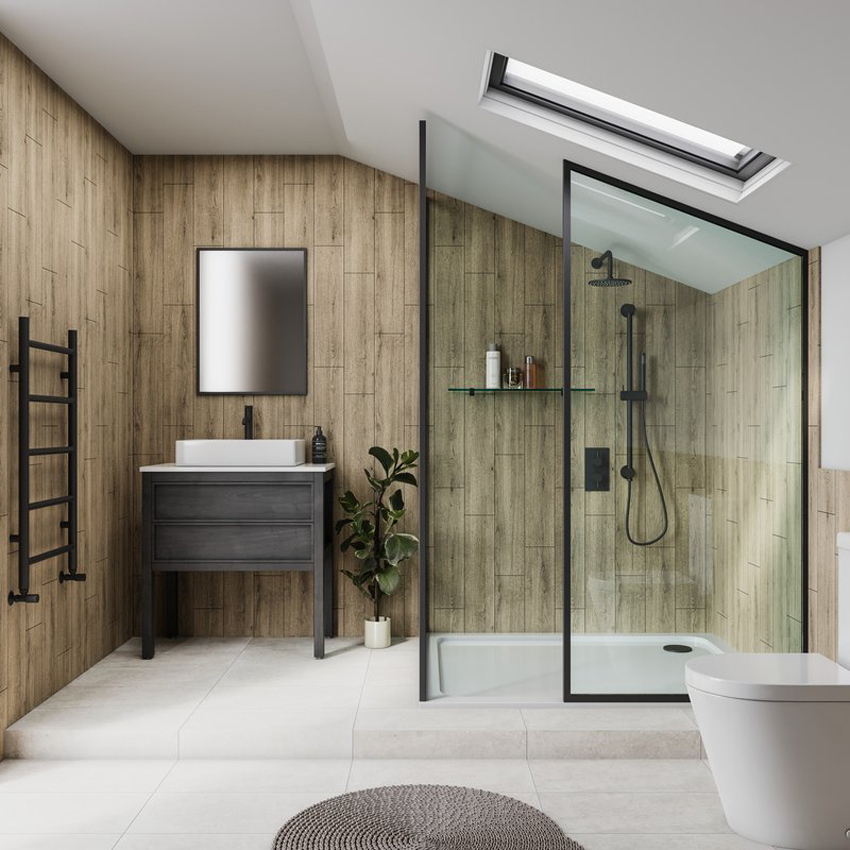
The introduction of Awaab’s Law in October 2025 has marked a pivotal moment for the UK housing and construction sectors. Named after Awaab Ishak, whose tragic death in 2020 was linked to prolonged exposure to mould in his home, the new legislation sets strict timelines for social landlords to investigate and repair damp and mould issues. Beyond compliance, it signals a cultural shift: a renewed focus on accountability, preventative design, and healthier living environments.
For landlords, facilities managers, and building managers, Awaab’s Law is both a challenge and an opportunity. The law requires that health and safety hazards, including mould, are remedied swiftly — within 14 days of reporting in most cases. That means reactive maintenance is no longer enough; a proactive, specification-led approach is essential. Building fabric, ventilation, and moisture control systems must all work together to prevent damp before it develops.
For architects and interior designers, this creates a new design imperative: choosing materials that support longevity, hygiene, and resilience without compromising aesthetic appeal. The specification phase now directly influences compliance and tenant wellbeing – placing greater importance on the materials used in bathrooms, kitchens, and communal areas, where humidity levels are at their highest.
Specifiers should look carefully at material quality and certification when designing for high-moisture areas. Products should be tested to recognised standards such as BBA certification, demonstrate proven water resistance and mould prevention, and align with building regulations and housing quality standards. Durability, ease of cleaning, and low maintenance requirements are critical factors in ensuring long-term performance. Importantly, materials should provide both robust moisture protection and ease of installation, supporting quick remediation and cost-effective upkeep without compromising safety or design intent.
While Awaab’s Law currently applies to social housing landlords, its principles are equally vital for the private rented sector. The Government has confirmed plans to extend similar requirements to private landlords through forthcoming legislation. For the private market, adopting best practice now through regular inspections, early interventions on damp, and the specification of waterproof, hygienic materials, will not only futureproof properties against upcoming regulations but also help reduce maintenance costs and tenant turnover, and ultimately safeguard occupants. A proactive stance now signals professionalism and responsibility, strengthening reputation and tenant trust.
When it comes to helping prevent mould, Fibo panels feature a 100% waterproof surface, a sealed tongue-and-groove Aqualock system, and no grout, eliminating the primary source of mould growth. Plus, installation is up to five times faster than tiling, reducing downtime in occupied properties and enabling landlords to meet repair deadlines efficiently. Fibo panels are low maintenance, and easy to clean, ensuring lasting performance in both new-builds and refurbishments.
“Construction and design are now about rethinking how we create and maintain homes for healthier living,” says Scott Beattie, Managing Director at Fibo UK. “Specifying materials that actively reduce the risk of mould growth is one of the most effective ways to meet these new standards and safeguard residents’ wellbeing.”
As the industry adapts to Awaab’s Law, forward-thinking professionals will see this as a chance to champion better building practices. Fibo will be supporting architects and landlords navigating the changing regulatory landscape, in creating homes that are safer, cleaner, and designed to last.









